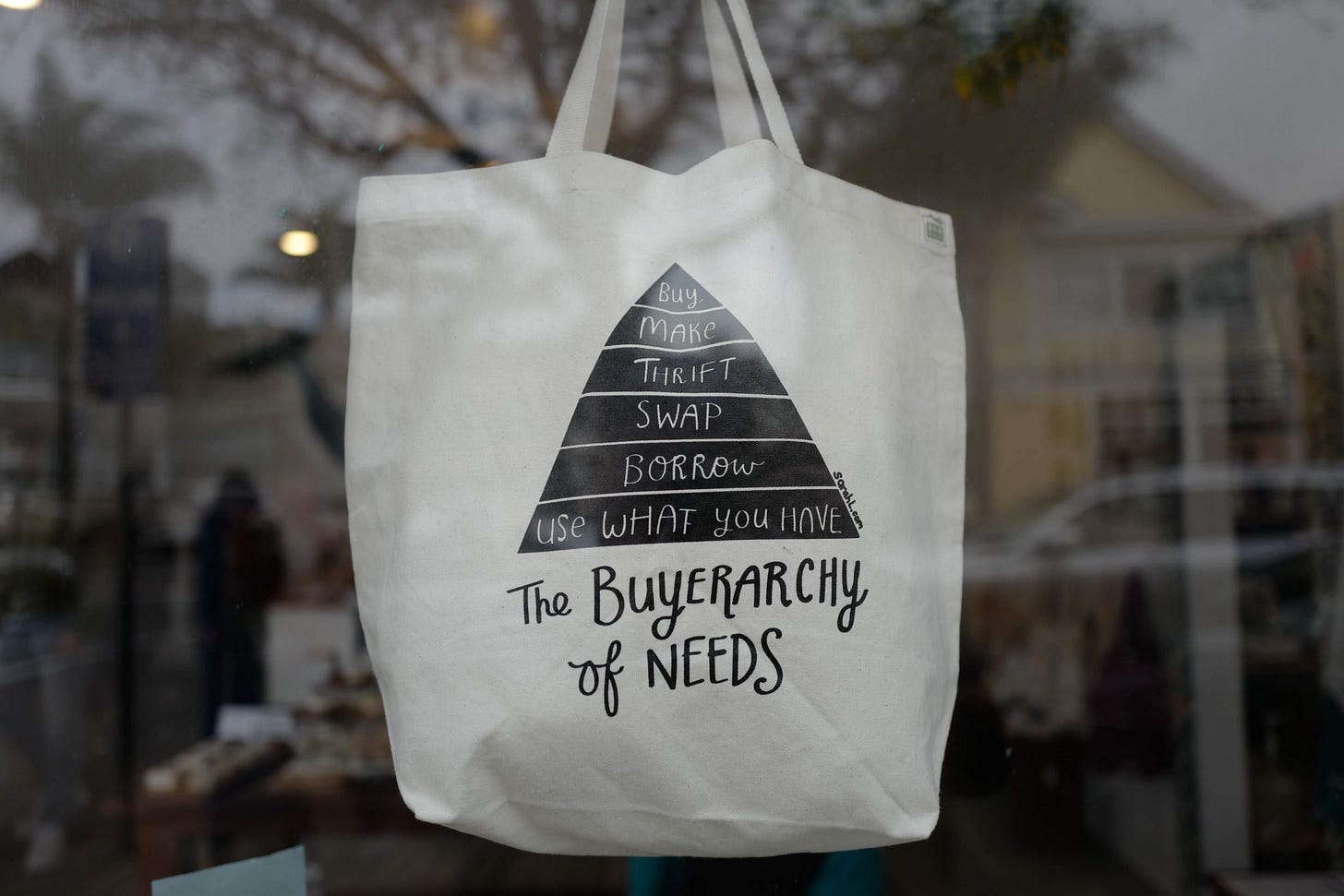
I read more and more articles about people committing to the no-spend challenge. Everything from young people in China who are “revenge saving” to new frugal trends like “low budgeting.”
The idea behind the no-spend period is to only buy the essentials. The rational for this could be several: practice conscious consumerism, improve your financial wellbeing, prepare for a possible downturn, invest in appreciating assets, work less, or contributing to a healthier planet.
But not spending in a society where spending has become an everyday habit can be hard. Today, spending is how we socialize and get together. Spending is how we show our ambition, aspirations, and status. Spending is how we define who we are to the rest of the world.
That’s why social media has become so profitable: we are now more than ever exposed to new wants that we didn’t think we needed. Every day we are exposed to thousands of advertising messages, from simple ads to hidden messages.
But none of this spending is making us better or happier, only more lonely, miserable, and trapped in never-ending consumption. We have come to use consumption as a temporary short-term solution to long-lasting problems.
Since I began my fewer better things journey about two decades ago I’ve been committed to what I’d like to call an essentials-only spending lifestyle (sounds more positive and doable than no-spending while it’s actually very similar).
I only buy gear that I really need and plan to use frequently, if not daily then definitely weekly. This has cut down my spending by 80 percent over the years. These every day essentials include basic clothing, sports gear, accommodation, real food, and gas.
Here are a few of the benefits:
Keep reading with a 7-day free trial
Subscribe to Fewer Better Things to keep reading this post and get 7 days of free access to the full post archives.



